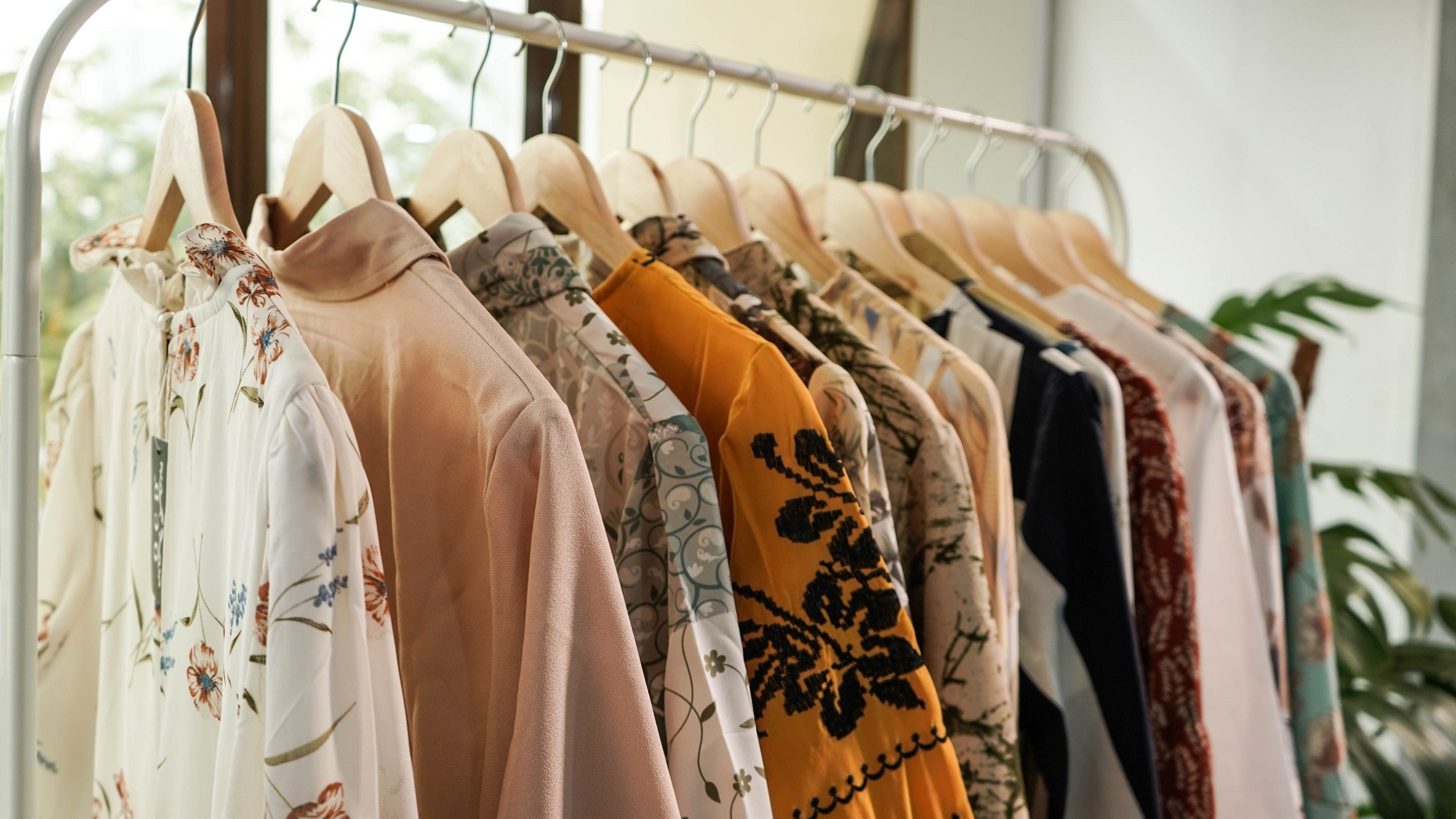Clothing and Identity
After spending quite a lot of time with cosplay, looking at how to distinguish it, and starting the process of trying to keep myself from already looking into other potential research projects, I’ve been obviously spending a lot of time thinking about the art of dressing. A lot of studies of fashion and dressing talks about how fashion is a form of communication. As Malcolm Barnard puts it, fashion is what makes “us” into “us”. It becomes a form of identity creation and cohesion and allows people who are “us” to recognise “us”.
People have been using dress in this way for a very long time. Religious dress is often markers of in-groups and out-groups, while doubling to communicate beliefs and worldviews. This can be from the hijab to modest dress to folk costumes. We seldom wear something just to wear it. What we find comfortable and easy also says a lot about us, in the same way that subcultural styles like punk can.
When we get dressed, it is mot just the clothes we have to consider. Clothes go onto a body. It is through our bodies we see the world, and in it that we are seen by the world. Seeing me is also seeing my body and seeing my dressed body. Anthropologist Mary Douglas wrote about how we all have two bodies: a phsycial one and a social one. The social body in many ways controls the way our physical bodies are read and understood by the people around us. Our physical experiences and understanding of our physical body is always 'clothed' by our social categories and social worlds. In many ways, there is no such thing as a nude body, because we are always clothed in these thoughts and considerations. Douglas's two bodies are always in interaction and communication with each other, constantly reinforcing the categories of one on to the other. Essentially, our bodies are more than biological mechanisms. They are also social tools for communication and categorisation. For example, my gender is inscribed as both a social body and a physical body, and which gender I am is read through the social as a way of thinking they understand the physical.
Dressing and fashion is always located in the world in a physical sense. It takes up space in the world. Our bodies are always taking up space, and so do our clothes. We always orient our dressing to the places and spaces we are in and going to. When I was teaching at a university, I would dress for my classes differently than if I was going on a date with my husband.We also dress for the larger social worlds we are in. Sometimes, we dress counter to the social expectations on purpose to try and subvert the expectations put on us, but this subversion also is reliant on knowing that social expectation.
But our bodies, and our dressed bodies, are not just for the social worlds around us. Sociologist Erving Goffman points out how the body is not just a property of the social world, but also property of the individual. In fact, our bodies are the way we explain and demonstrate our identities to the people around us. Clothes provide us with the ingredients necessary to perform our identities.
Even though the social worlds around us have expectations and ways of reading our bodies, this is not done without our own impact. As I mentioned before, people can try and subvert expectations directly by purposefully dressing in a way that denies the expectation. Gender, and the way gender dynamics play on dressing and fashion, is a good example of this.
Clothes and dressing are a form of communicating ourselves to the world around us. We demonstrate our interests, our community groups, and our morals through the way we dress. There's a lot of research available on the way subcultures dress to express their identity. Punk, for example, utilised fashion to directly cause discussion in mainstream society. But subcultural style is just one example of the many ways we dress to denote our identities, morals and social connections.


